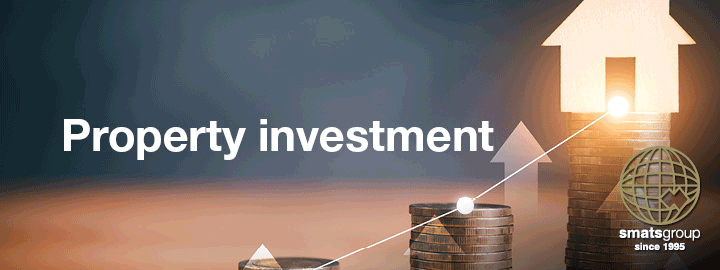With property prices still rising, how should the RBA respond?
Interest rate rises would ordinarily push property prices down, but real estate and rents are still going up, adding to inflation and giving the RBA more food for thought as it ponders its next move.
Despite the earlier predictions of many, and to the dismay of borrowers, the end of the rate rise cycle has not yet arrived.
In early August, the Reserve Bank will once again weigh up persistent inflationary pressure and in doing so, it must also assess the high cost of housing.
This means giving due consideration as to why that cost is so high and what further rate rises will do to this cost in the future.
The latest CoreLogic Home Value Index shows the median dwelling price in Sydney reached another new record of over $1,156,020 in June, growing a further 0.5 per cent during the month, to be up 6.3 per cent for the just-completed financial year.
Obviously, high house prices and rents contribute significantly to inflation but these are not discretionary costs and therefore should not be viewed in the same way as other items in the RBA’s inflation basket.
The potential for a rate rise typically dampens activity in the real estate market. Yet, the main indicators remain fairly positive. Auction clearance rates remain strong and volumes are solid, with transactions continuing to occur at a steady rate, as evidenced in stamp duty revenue.
When the final numbers are in, the NSW Government will have pocketed more than $1 billion extra from property buyers in stamp duty in FY2024 than it did in FY2023. It’s another reminder of the huge contribution property consumers make to the economy and just how much Government relies on the industry to keep the state afloat.
This overdependence on property is about to intensify following the Government’s Budget announcement that singles out property owners for more pain through land tax reforms.
It’s unreasonable and short-sighted.
Removing land tax indexation means more and more properties will be captured as values inevitably rise. Government’s plan amounts to letting the increase in property values do the work of increasing taxes and will exacerbate the housing crisis. It increases costs for owners, mortgage holders and renters.
As investors know, the cost of holding a residential property is high. More tax will place more pressure on returns, leaving landlords two bad options: pass the extra cost onto tenants or sell their investment property, taking more homes out of the undersupplied rental market.
Strata management crackdown
Together with the coming strata reforms aimed at cracking down on rogue strata managers, signalled by the Minister for Better Regulation and Fair Trading last month, the landscape is changing for investors.
It’s important for people to feel confident investing in strata schemes and it’s worth noting the vast majority of strata managers add significant value to Owners Corporations in what can be a dynamic and challenging regulatory environment.
It’s also important for people to feel confident investing in residential property as an asset class, and this is where bad regulations like tax disincentives are having a counterproductive impact.
A residential property can be a sound investment from a capital growth perspective but the cost burdens faced by property investors are incomparable to those who choose other investment assets.
The opportunity for proper reform still exists and is becoming ever more urgent.


















